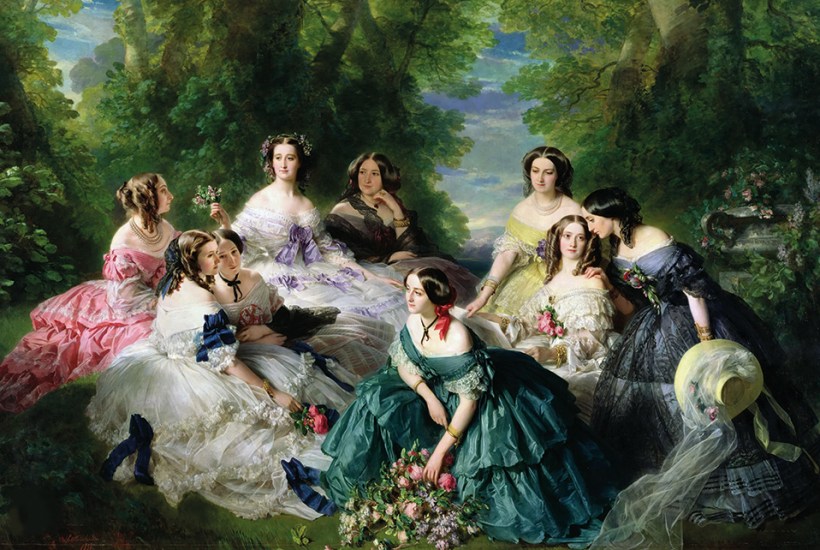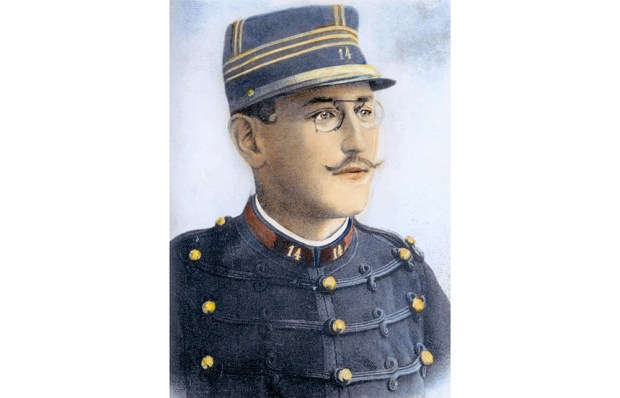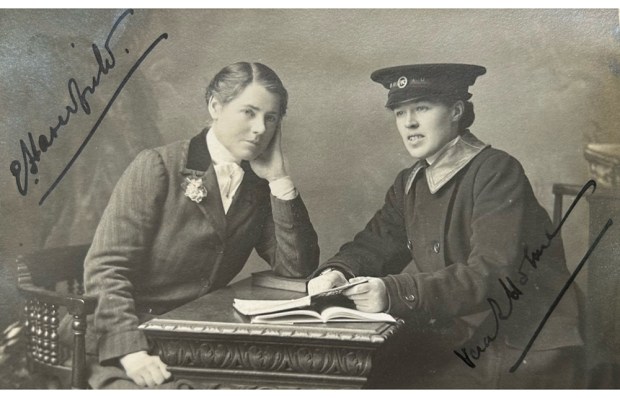The empress Eugénie – the Spanish-born last empress-consort of France, wife of Napoleon III, mother of the prince imperial – lived for the last 40 years of her life in Farnborough, between the military towns of Aldershot and Sandhurst. There she created a home, museum, mausoleum and chantry in commemoration of the first and second French empires. Farnborough Hill was the place she chose ‘après que tout fut fini’ (after it was all over).
In 1870, Eugénie had accompanied her husband into exile in England, following the defeat of France in the Franco-Prussian War. Together with their teenage son, they lived in Camden Place, a large country house in Chislehurst. Three years later, Napoleon III died after an operation to remove a bladder stone, and all hopes for an imperial restoration were concentrated on their son. Desperate to prove his military prowess in the Bonaparte family tradition, the prince imperial persuaded his mother to let him go to South Africa with the British army, where he was killed on a reconnaissance expedition in 1879. On the first anniversary of his death, Eugénie travelled to the grasslands where he was stabbed 18 times, then went on to St Helena to visit Longwood House, where Napoleon I had died, after being refused exile in England.
Back from her pilgrimage, deeply grieving, she purchased the Farnborough Hill estate in Hampshire and, following the example of her friend Queen Victoria, who had buried Prince Albert at Frogmore in the grounds of Windsor Castle, set about commissioning a mausoleum that would be the final resting place for herself, her husband and her son. She entrusted the mausoleum to the community of monks at St Michael’s Abbey, and it became their church. After Eugénie died in 1920, aged 94, her collection of Napoleonic memorabilia and other possessions were dispersed. Some went to private collections, some to the French state. The art historian Anthony Geraghty grew up in Farnborough and has been fascinated by the French imperial presence there all his life. His beautifully illustrated book reconstructs what the house, collections and mausoleum were like before 1920.
Drawing on two sets of photographic records, inventories and sale catalogues, Geraghty takes the reader on a guided tour of the first ever Napoleonic museum, which Eugénie, in her black mourning clothes, both curated and haunted. The centre of the collection was a shipment of paintings and precious objects sent across the Channel to her from the French Republic in 1879, the same summer that the prince imperial was killed. Negotiating the return of these items had taken almost a decade. In a bitter twist of fate and timing, the prince imperial’s cradle, a gift from the city of Paris in 1856, was returned to Eugénie the same week that his body was shipped back to England from South Africa. The cradle was closely modelled on the one that had been presented to Napoleon I and his wife Josephine for their son, the King of Rome, in 1811. The occupants of both cradles had been born heirs to a French empire which collapsed even before their own early deaths.
The vestibule at Farnborough was dominated by Franz Xaver Winterhalter’s enormous portrait ‘The Empress Eugénie Surrounded by her Ladies in Waiting’ (1855), immediately evoking for visitors the vanished glamour and court of the second empire. Nearby was Henri-François Riesener’s full-length 1806 portrait of Josephine. Eugénie was determined to demonstrate her late husband’s double inheritance from the first empire: Napoleon III was the son of Josephine’s daughter, Hortense Beauharnais, and Napoleon I’s brother, Louis. As guests ascended the stairs and entered the gallery, they saw a marble bust of Napoleon I alongside one of Napoleon III: the victor of the battle of Austerlitz (1805) facing the victor of the battle of Solferino (1859). Also nearby was one of Jacques-Louis David’s five versions of ‘Napoleon Crossing the Alps’ (1801-5), originally commissioned by Charles IV of Spain.
Eugénie looked back beyond the first and second empires to the ancien régime, and was especially fond of collecting possessions that had belonged to Marie Antoinette. In his childhood bedroom, Napoleon III had grown up with a matching clock thermometer and barometer thermometer, with richly coloured amboyna cases and Wedgwood plaques, that had probably been made for Marie
Antoinette’s bathroom at Versailles in 1790. Eugénie proudly displayed them, alongside the busts of the emperors.
Farnborough Hill, as Queen Victoria noted, was ‘a good new house’, that had been built in ‘the old English style’ in 1860 for the publisher Thomas Longman. Geraghty explains that when the young French writer Lucien-Alphonse Daudet visited on a damp English day in 1899 he expected to see on the sculpted frieze that ran across the top of the ground-floor windows ‘the insignia of the Bonapartes – eagles, bees and violets’; instead there were ‘angels with instruments, ships with sails, roses, clovers and thistles’ – the heraldry of the Longman family. Daudet believed that ‘the present has no right to abolish the past: it must sustain it while improving it’; and Geraghty connects this sentiment to the official policy of the second empire – ‘that change should be progressive, and cumulative’.
Eugénie hoped Farnborough Hill would remain a museum after her death, but when it was sold in 1927 it became a school, and remains so to this day. The empress told Daudet: ‘In any house you have to leave some remnants and mementos of the previous owners, and that is the great vice of France: to have destroyed everything with each change of regime.’ Geraghty notes that, despite the school’s extensions,
the historic core of Eugénie’s house is remarkably well preserved. One can still see her picture hooks hanging in the gallery, and one can still see where she cut back the skirting board to accommodate the mighty bust of Napoleon I.
And in St Michael’s Abbey, next door to the mausoleum, masses are still said for the repose of the souls of Napoleon I, Napoleon III, the prince imperial and the empress Eugénie on the anniversaries of their deaths.
The post Empress Eugénie’s shrine to the Bonapartes appeared first on The Spectator.
Got something to add? Join the discussion and comment below.
Get 10 issues for just $10
Subscribe to The Spectator Australia today for the next 10 magazine issues, plus full online access, for just $10.
You might disagree with half of it, but you’ll enjoy reading all of it. Try your first month for free, then just $2 a week for the remainder of your first year.














Comments
Don't miss out
Join the conversation with other Spectator Australia readers. Subscribe to leave a comment.
SUBSCRIBEAlready a subscriber? Log in